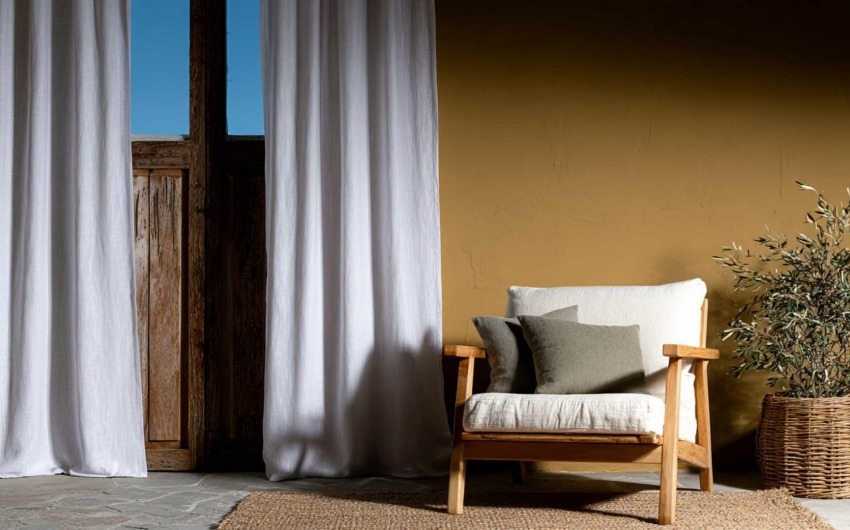4/26/2024
Natural and Recycled Materials:
One of the most effective ways to make your interior design sustainable is by choosing natural and recycled materials. Opt for furniture made from FSC-certified (Forest Stewardship Council) wood or from sustainable sources. Also, look for organic or recycled fabrics for sofas, curtains, and cushions, thereby reducing the environmental footprint of your home.
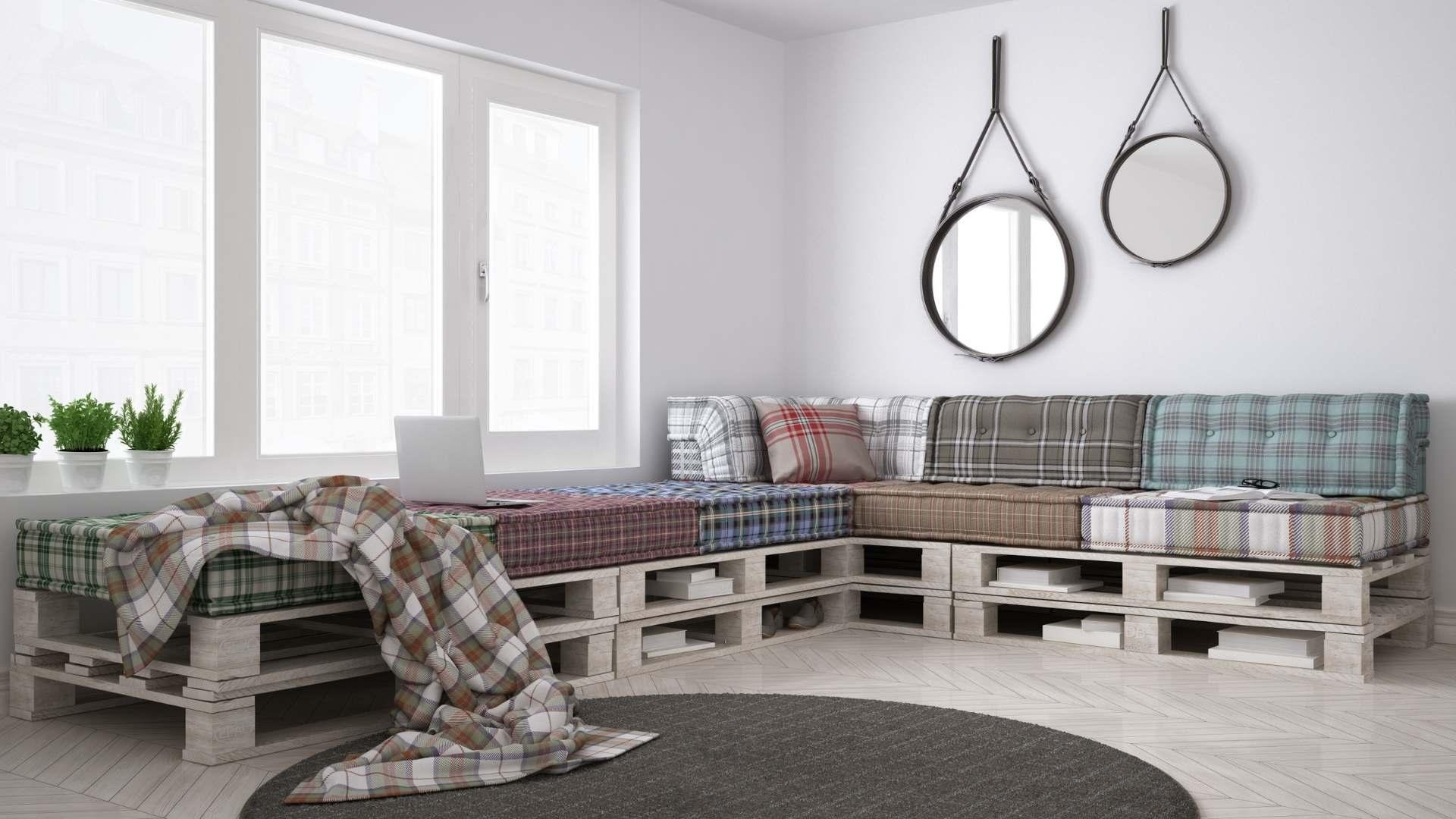
Multifunctional and Quality Furniture:
Invest in high-quality furniture that will last over time and is designed to be multifunctional. For example, choose a sofa bed to optimize space in your home or a desk with integrated shelves to reduce the need for additional furniture.
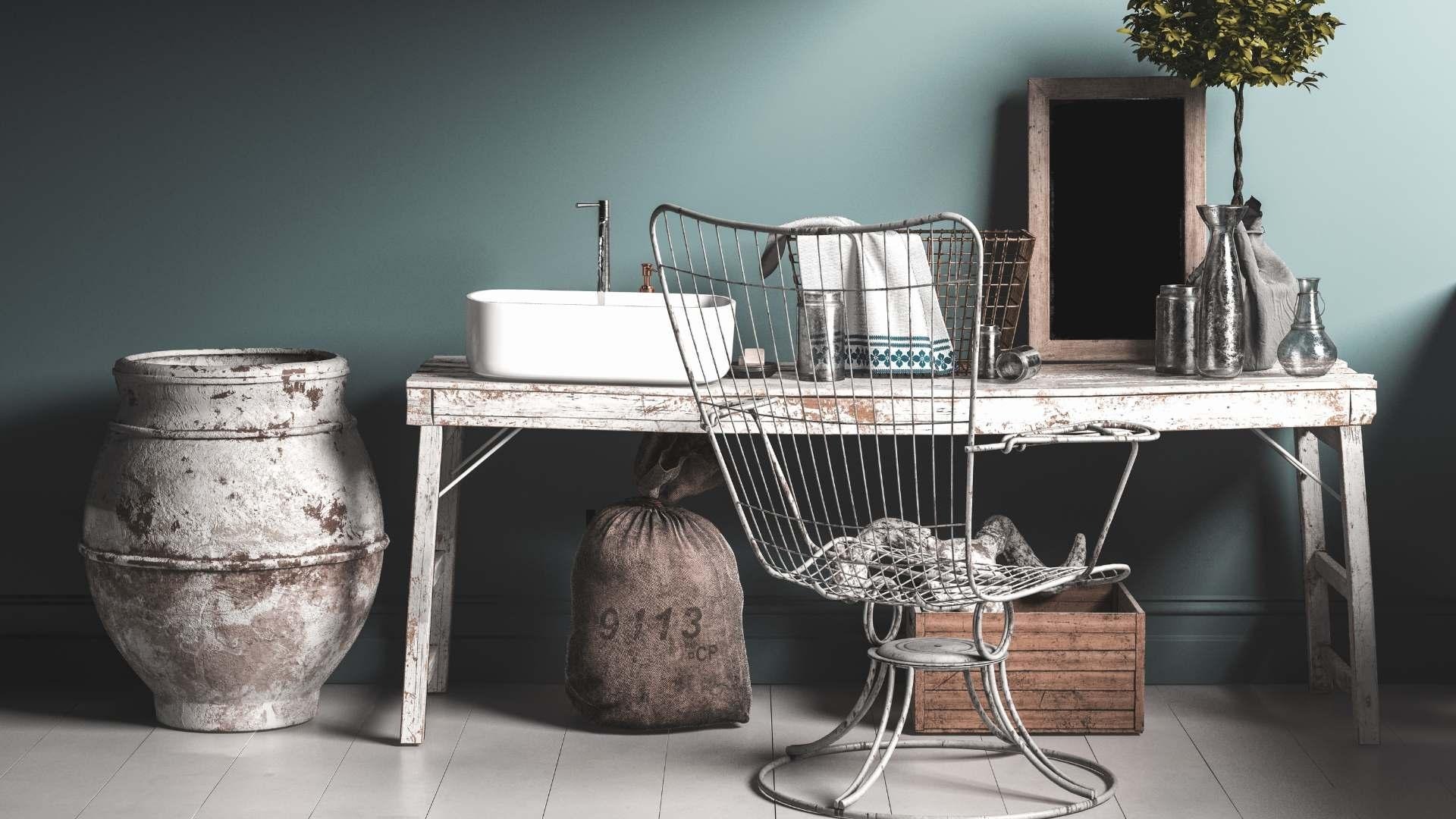
Creative Recycling:
Embrace the concept of "upcycling" or creative recycling by giving new life to old furniture and objects. You can repaint an old chair, transform pallets into DIY furniture, or create lamps from salvaged items. This not only reduces waste but also adds a unique and personal touch to your home.
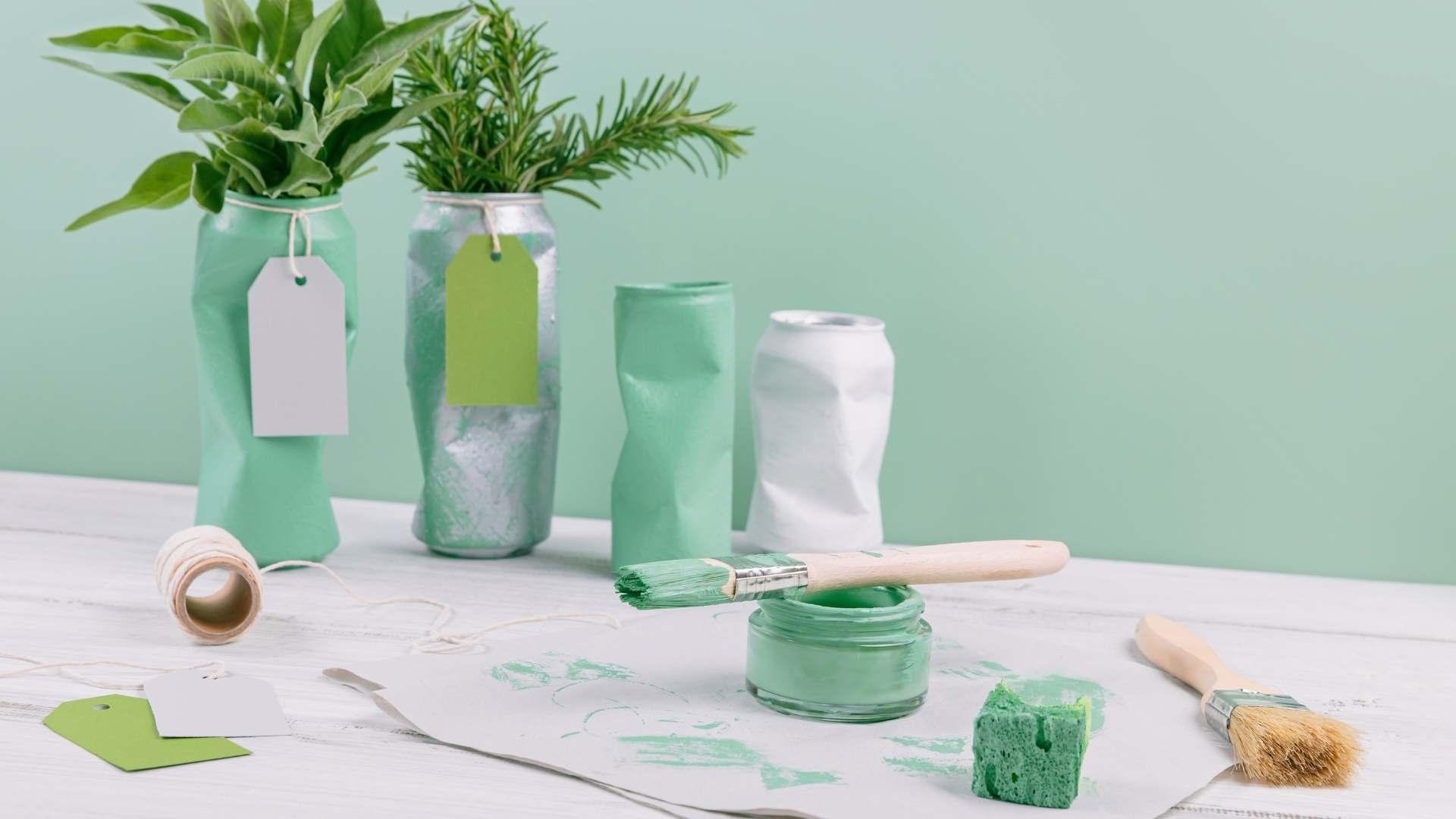
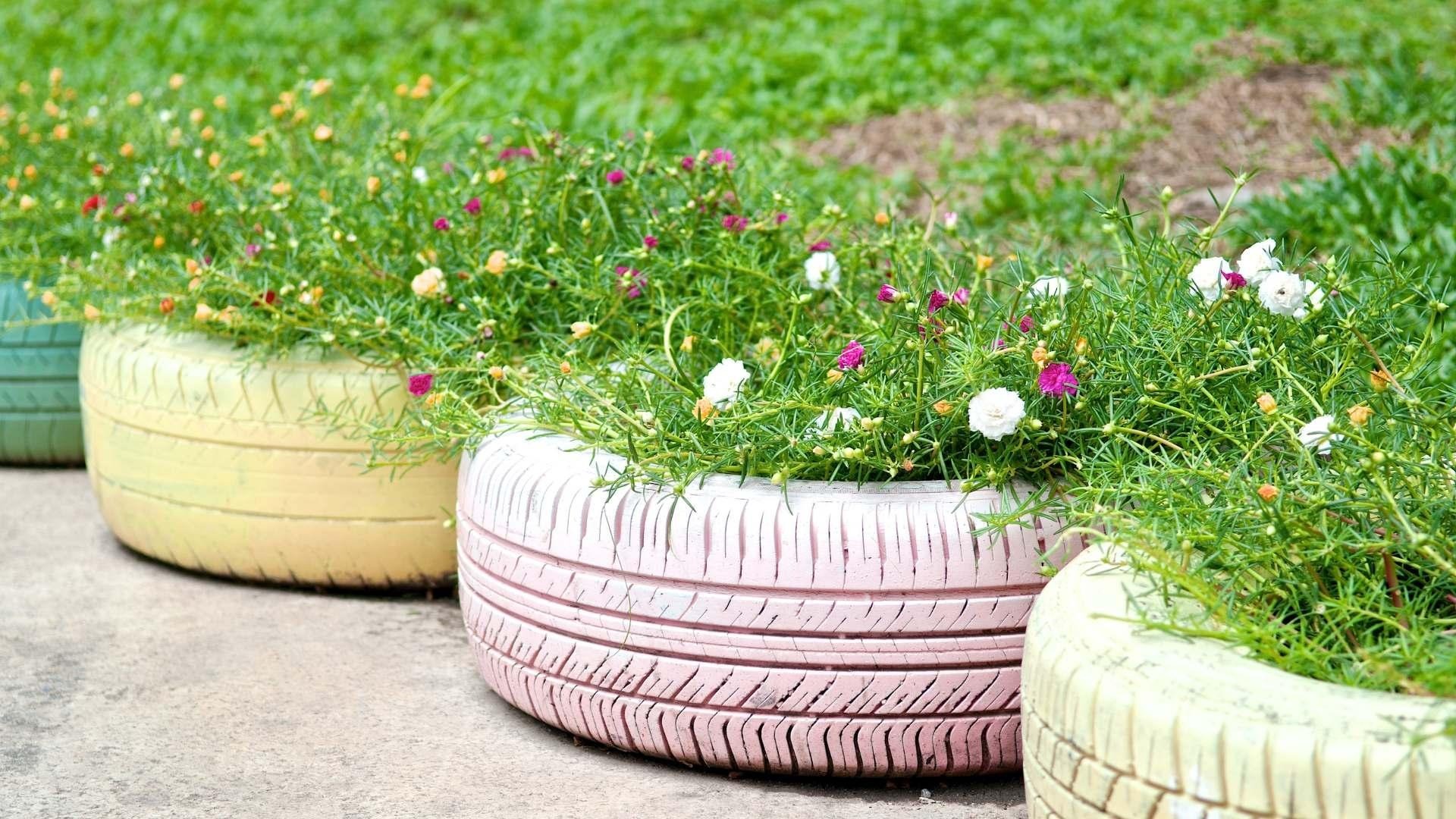
Efficient Lighting:
Choose energy-efficient LED lights to illuminate your home. Also, make the most of natural light during the day with lightweight curtains that allow sunlight to filter in. Natural lighting not only saves energy but can also improve your mood and productivity.
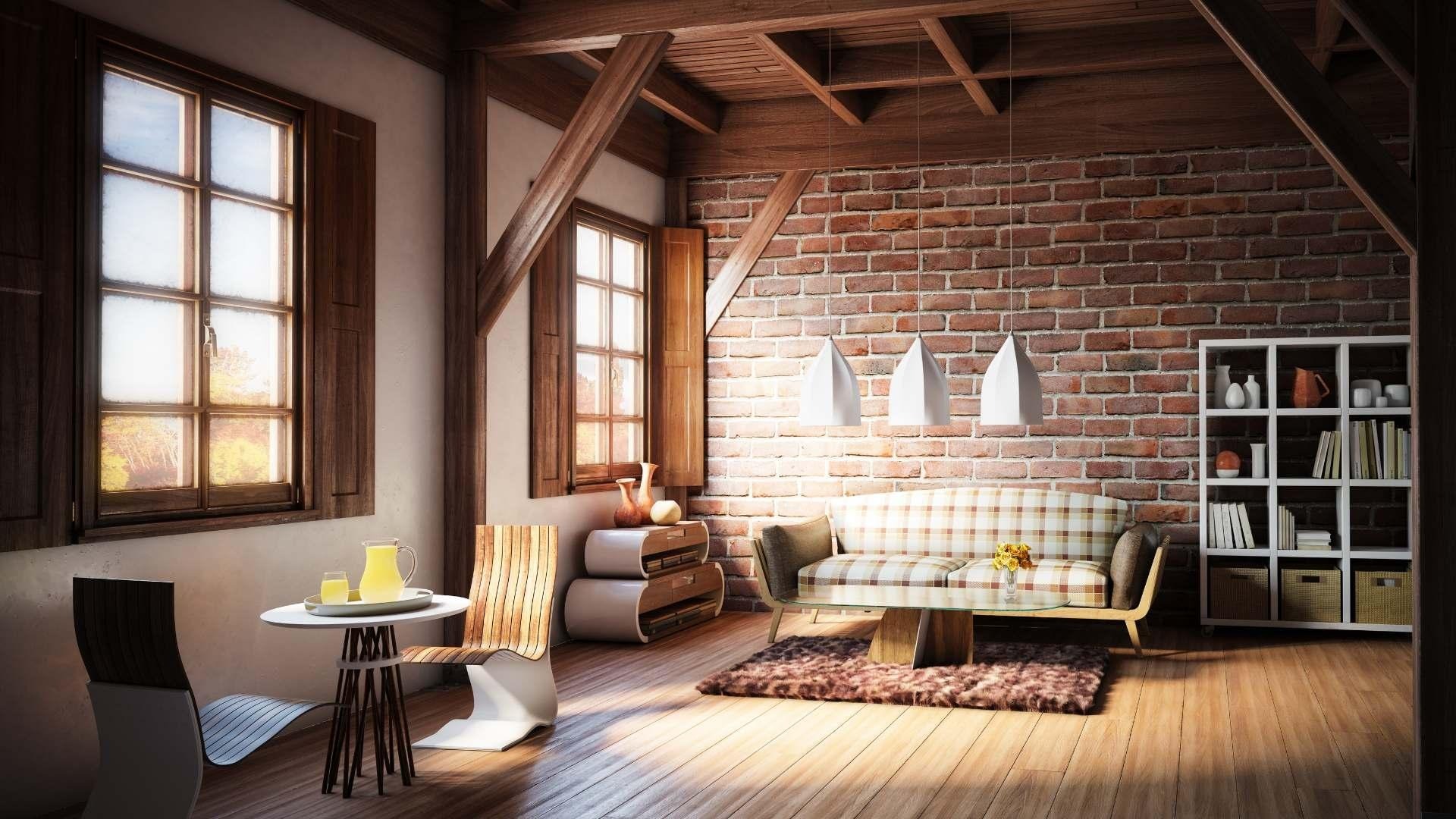
Plants and Vertical Greenery:
Incorporate plants and vertical greenery into your interior decoration. Plants not only improve indoor air quality but also add a touch of nature and serenity to the space. Choose indoor-appropriate plants and make sure to maintain the right level of humidity.
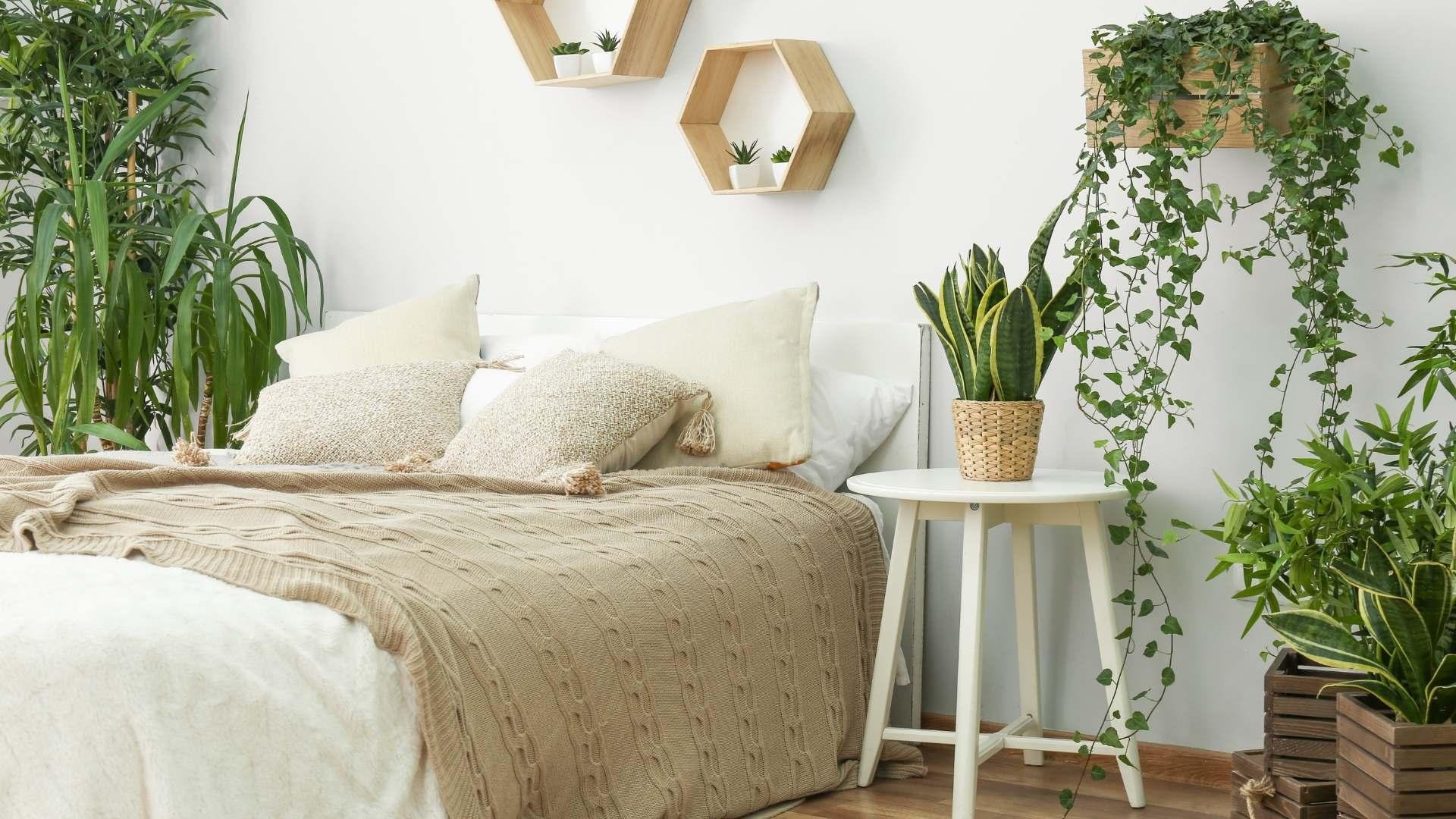
Conscious Consumption:
Finally, adopt a conscious approach to furnishing consumption. Resist the temptation to buy unnecessary items and always look for sustainable alternatives before making a purchase.
Furnishing sustainably is not only a positive ecological footprint but can also result in a healthier and more comfortable space for you and your family. By following these tips, you can create an environment that reflects your commitment to sustainability without sacrificing style and comfort. Be creative, think innovatively, and enjoy the process of creating a space that is beautiful for you and the planet.
_14077b47db_23.jpg)
Interior Designer since 1985
CEO & Founder, Italian Design in the World

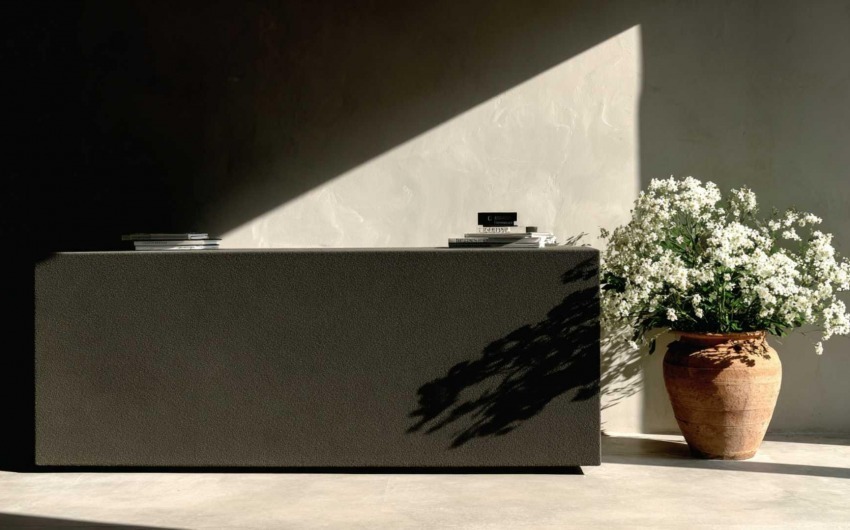
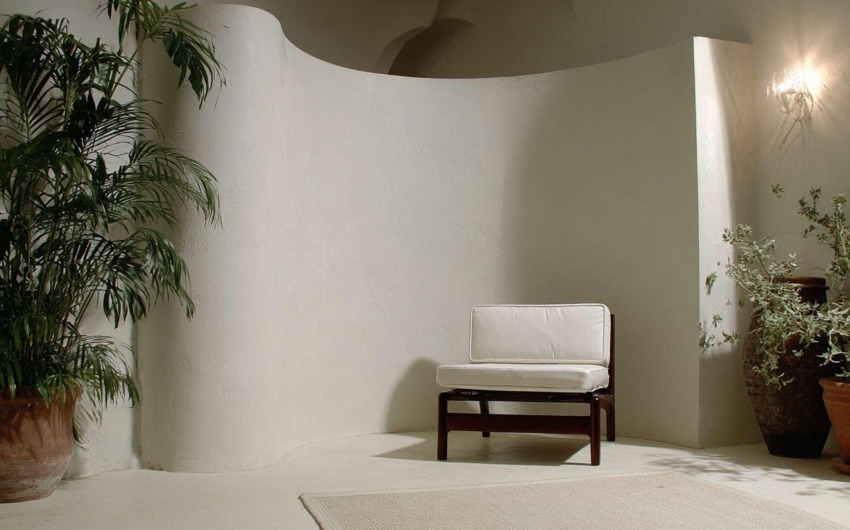
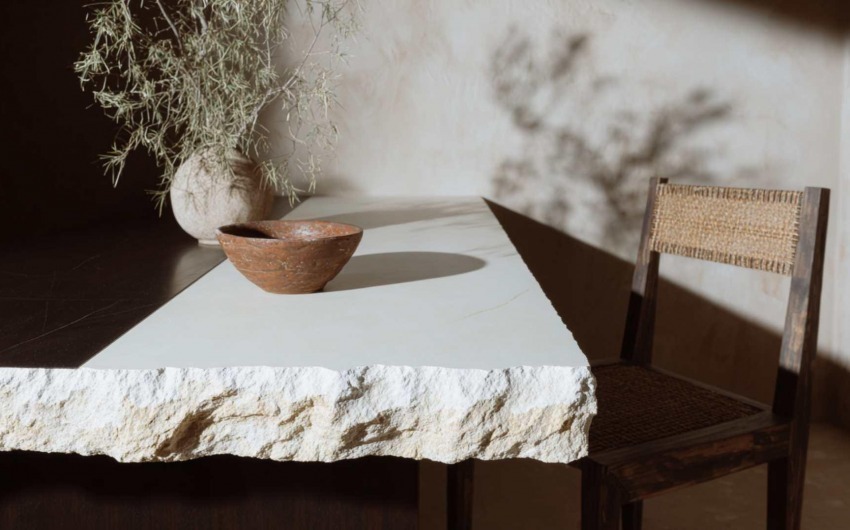
_0f565b1edb_633.jpg)
